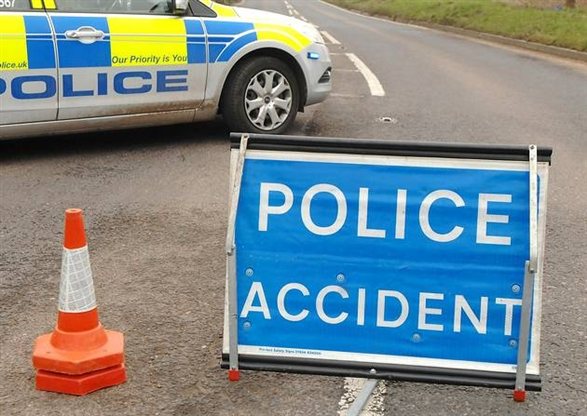Road safety organisations have given a cautious welcome to the latest figures from the Department for Transport, which show a record low number of road accident fatalities.
According to the latest figures, 2013 saw 1,713 road accident fatalities, which represents a fall of two per cent on the previous year and is the lowest total since records began in 1926. With 21,657 serious injuries on Britain’s roads, last year saw a six per cent fall compared to 2012. Apart from a blip in 2011, serious injuries as a result of road traffic accidents have been steadily falling since for the past twenty years. The fall in the number of deaths and serious injuries extended to pedestrians and cyclists too, which fell respectively by ten per cent and three per cent overall. Last year, injuries to pedal cyclists fell in number for the first time in a decade. After two years of increases, there was a pleasing 21 per cent fall in the number of children killed in road accidents, with the overall child casualty rate falling to its lowest since detailed records on the matter were begun in 1979.
The good news was tempered by a one per cent increase in the number of motorcyclist deaths in 2013. In addition, there was a sharp spike of fourteen per cent in the number of motorway deaths, the first increase since 2005, however this has been partly attributed to a one-and-a-half per cent increase in motorway traffic.
Kevin Clinton, head of road safety for the Royal Society for the Prevention of Accidents, welcomed the news while warning against complacency: ““These figures are good news and continue the long term reduction in death and injury on our roads. However, even with these improvements, there are around 5 deaths and 500 casualties a day on the roads, which shows there is still much work to do. We are likely to see more people walking and cycling in the coming years and we need to ensure people are able to enjoy these activities safely. This will require improving the environment by expanding the number of 20mph roads, safe pedestrian and cyclist routes and increasing driver awareness of the importance of sharing the road safely with these vulnerable groups.”
Neil Greig, director of policy research for the Institute of Advanced Motorists said: “The IAM welcomes the overall decrease in road deaths in 2013 which maintains the recent downward trends despite our roads getting a little busier as the economy picks up upward. We are however still killing nearly five people every day. It is worrying that motorways have seen a 14 per cent increase in deaths which is only partly explained by a 1.5 per cent increase in traffic on them. It is vital that the government keeps a close eye on these figures as the Highway Agency rolls out its programme of widespread hard shoulder running as opposed to proper motorway widening. The problem of death and serious injury among motorcycle riders remains and the IAM want to see more use of training opportunities and partnerships to improve both skills and attitudes.”
However Julie Townsend, deputy chief executive of road safety charity Brake, remained unimpressed by the latest record-breaking figures, saying: "Road crashes are not only a senseless and preventable waste of life, they are also sudden and violent events that tear apart whole families and communities. Road crashes leave scars, both mental and physical, that last a lifetime. In the twenty-first century, in an age that values human rights, we should not be denying anyone the right to a life free of fear of violent death. Nor, in a time of austerity, should we be burdened by the costly economic and social mess that road crashes leave in their wake. That's why five deaths a day on our roads is still too many; one would be too many. Every road crash is preventable - our vision is zero."
Click here to sign up for our monthly newsletter
| Popular news stories |
||||||
 |
 |
 |
 |
|||








